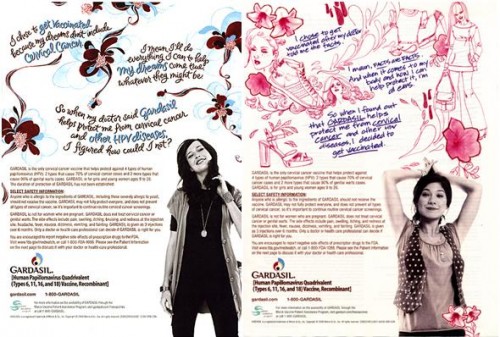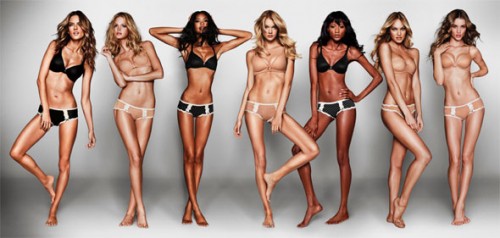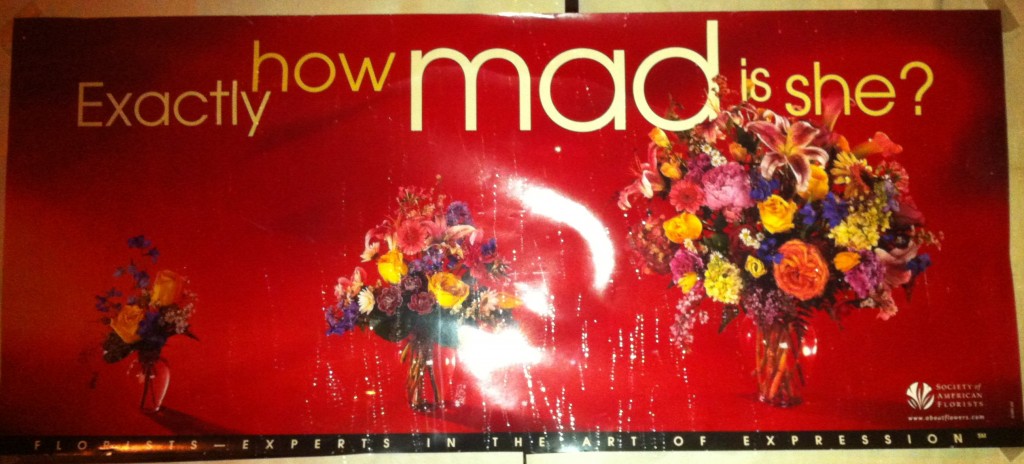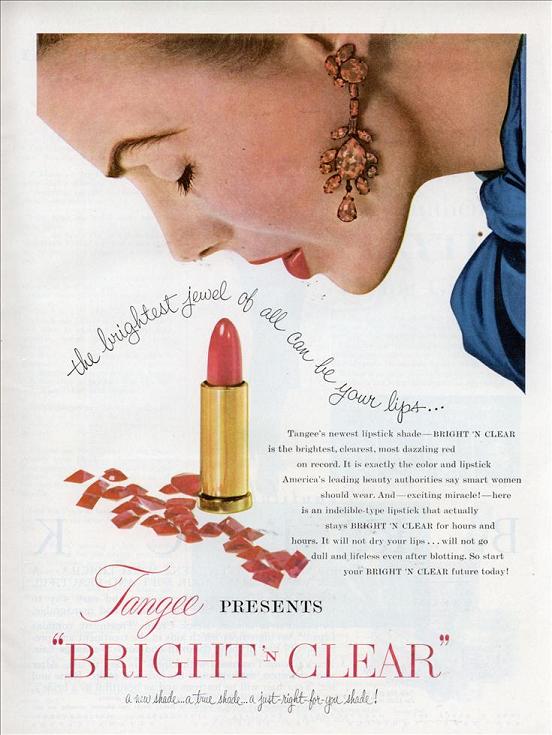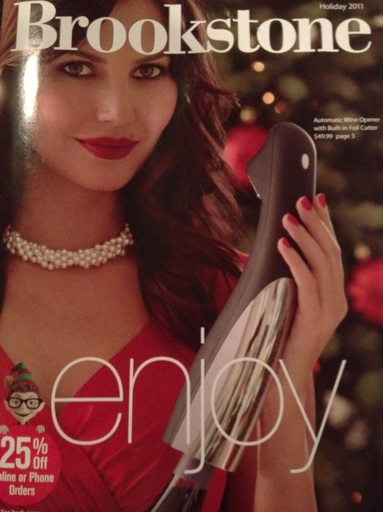
.
The Smurfs, originating as they did in mid-century Europe, exhibit the quaint sexism in which boys or men are generic people – with their unique qualities and abilities – while girls and women are primarily identified by their femininity. The sequel doesn’t upend the premise of Smurfette.
In the original graphic novels, Smurfette (or La Schtroumpfette in French) was the creation of the evil Gargamel, who made her to sow chaos among the all-male Smurf society. His recipe for femininity included coquetry, crocodile tears, lies, gluttony, pride, envy, sentimentality, and cunning.
In the Smurfs 2, there are a lot of Smurfs. And they all have names based on their unique qualities. According to the cast list, the male ones are Papa, Grouchy, Clumsy, Vanity, Narrator, Brainy, Handy, Gutsy, Hefty, Panicky, Farmer, Greedy, Party Planner, Jokey, Smooth, Baker, Passive-Aggressive, Clueless, Social, and Crazy. And the female one is Smurfette–because being female is enough for her. There is no boy Smurf whose identifying quality is his gender, of course, because that would seem hopelessly limited and boring as a character.
Here are the Smurf characters McDonald’s is using for their Happy Meals:
When you buy a Happy Meal at McDonald’s, the cashier asks if it’s for a boy or a girl. In my experience, which is admittedly limited to my daughters, girls get Smurfette. I guess boys get any of the others.
The Way It’s Never Been
Identifying male characters by their non-gender qualities and females by their femininity is just one part of the broader pattern of gender differentiation, or what you might call gendering.
There are two common misconceptions about gendering children. One is that it has always been this way – with boys and girls so different naturally that all products and parenting practices have always differentiated them. This is easily disproved in the history of clothing, which shows that American parents mostly dressed their boys and girls the same a century ago. In fact, boys and girls were often indistinguishable, as evident in this 1905 Ladies’ Home Journal contest in which readers were asked to guess the sex of the babies (no one got them all right):

.
The other common perception is that our culture is actually eliminating gender distinctions, as feminism tears down the natural differences that make gender work. In the anti-feminist dystopian mind, this amounts to feminizing boys and men. This perspective gained momentum during the three decades after 1960, when women entered previously male-dominated occupations in large numbers (a movement that has largely stalled).
However, despite some barrier-crossing, we do more to gender-differentiate now than we did during the heyday of the 1970s unisex fashion craze (the subject of Jo Paoletti’s forthcoming book, Sex and Unisex). On her Tumblr, Paoletti has a great collection of unisex advertising, such as this 1975 Garanimals clothing ad, which would be unthinkable for a major clothier today:
And these clothing catalog images from 1972 (left) and 1974 (right):
Today, the genders are not so easily interchangeable. Quick check: Google image search for “girls clothes” (left) vs. “boys clothes” (right):
Today, a blockbuster children’s movie can invoke 50-year-old gender stereotypes with little fear of a powerful feminist backlash. In fact, even the words “sexism” and “sexist,” which rose to prominence in the 1970s and peaked in the 1990s, have once again become less common than, say, the word “bacon”:
And the gender differentiation of childhood is perhaps stronger than it has ever been. Not all differences are bad, of course. But what Katha Pollitt called “the Smurfette principle” — in which “boys are the norm, girls the variation” — is not a difference between equals.
Cross-posted at The Atlantic and Family Inequality.
Philip N. Cohen is a professor of sociology at the University of Maryland, College Park, and writes the blog Family Inequality. You can follow him on Twitter or Facebook.







